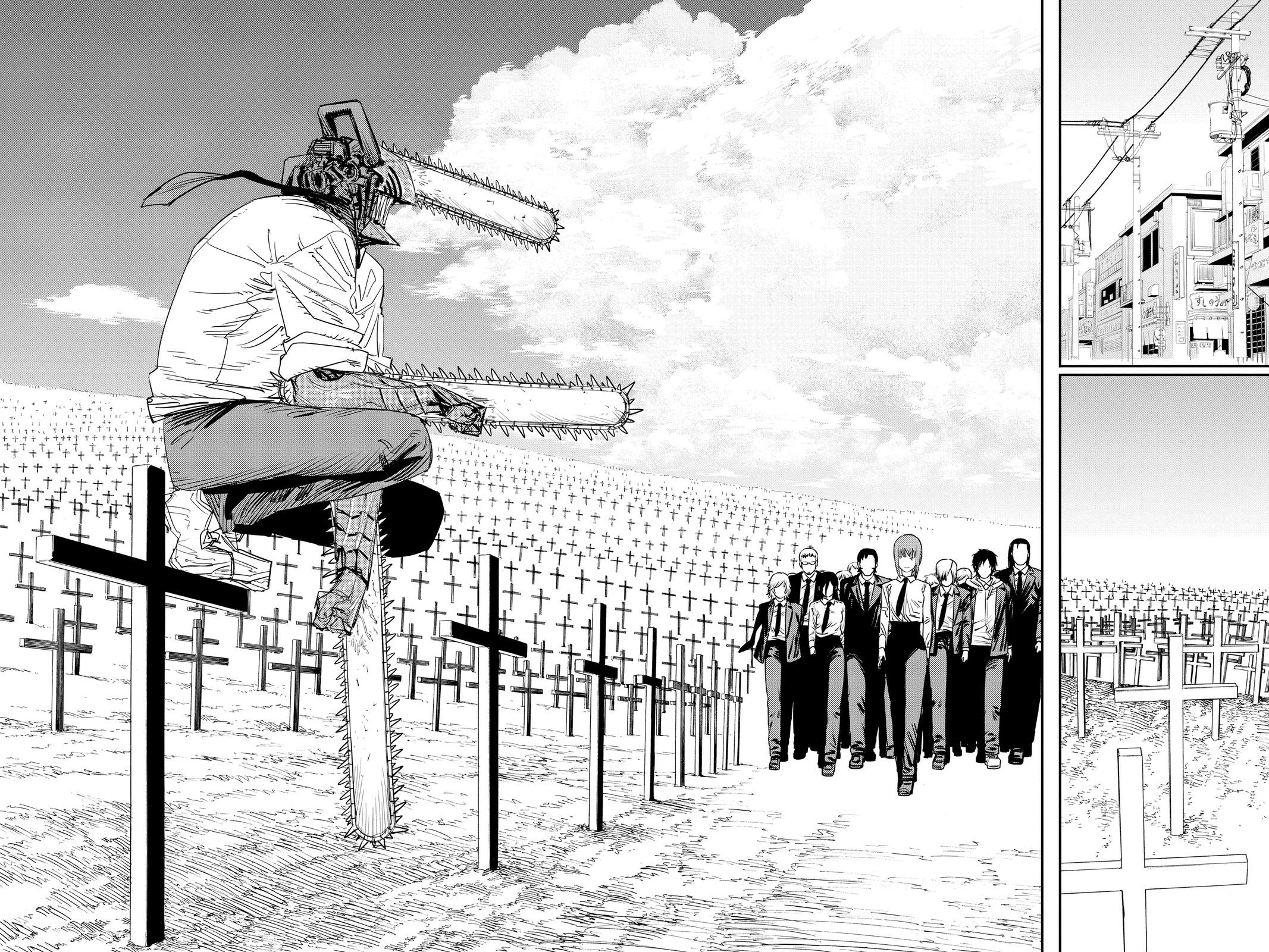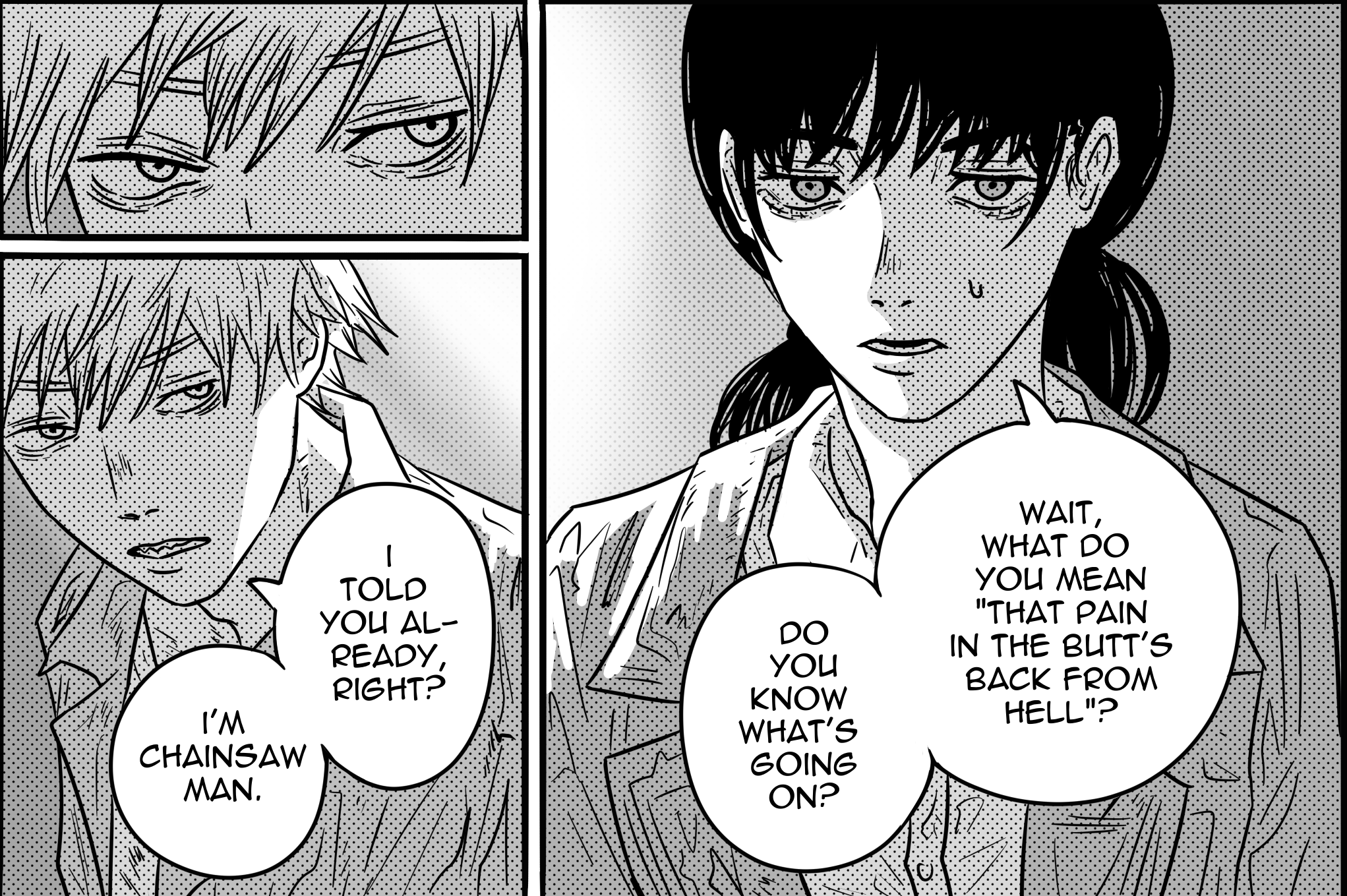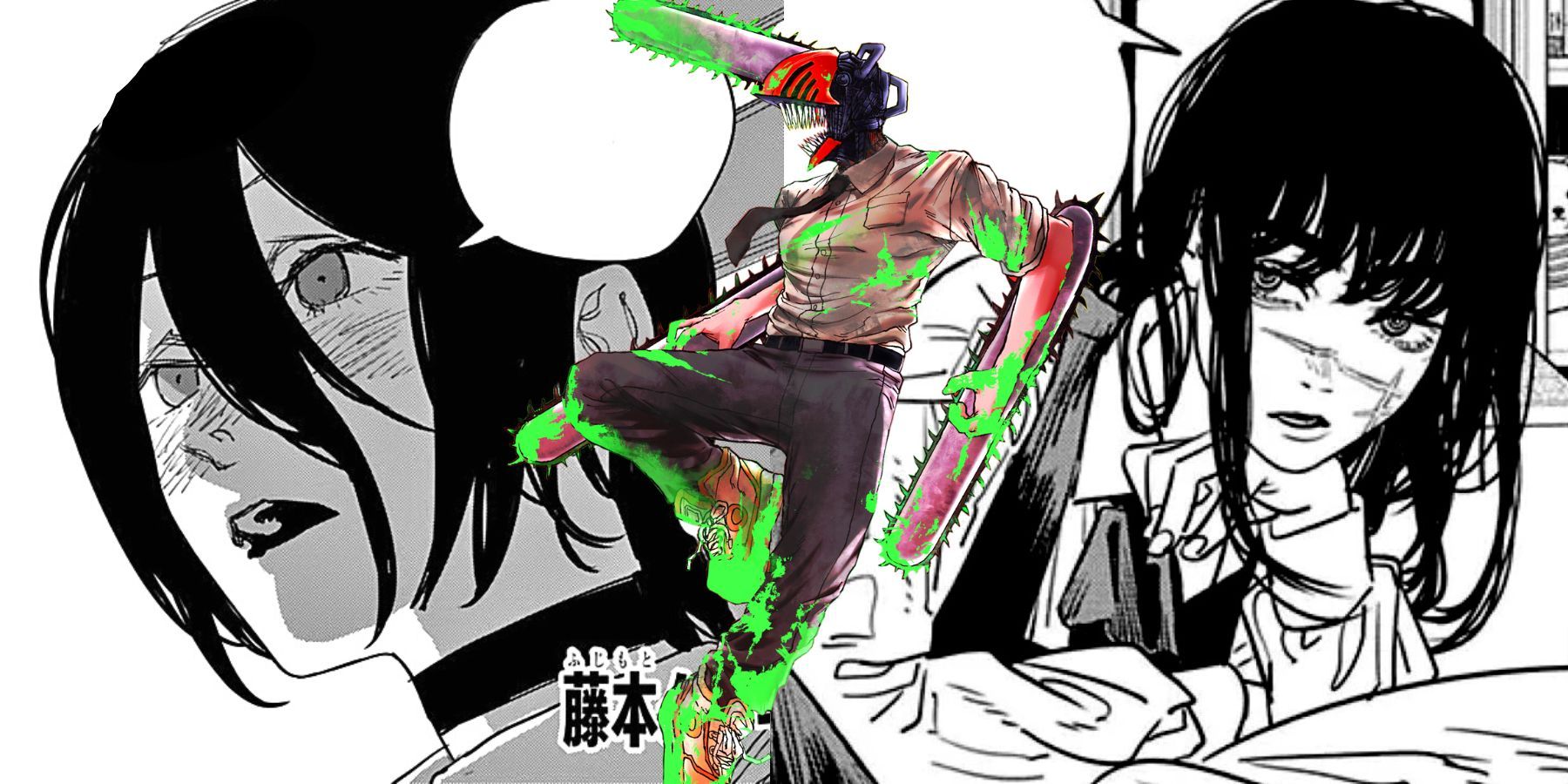Chainsaw man manga – Chainsaw Man manga? Dude, it’s
-insane*. Forget your typical shonen tropes – this manga’s a wild ride of blood, guts, and surprisingly heartwarming moments. We’re diving deep into the popularity, the plot twists that’ll leave you speechless, the characters you’ll either love or want to punch, and the art style that’s straight fire. Get ready to explore the chaotic brilliance of Chainsaw Man.
From its initial explosive debut to its ongoing cultural impact, Chainsaw Man has captivated readers worldwide. We’ll dissect the manga’s unique narrative structure, explore the complex relationships between its unforgettable characters, and analyze the profound themes it tackles. Prepare for a no-holds-barred look at one of the most talked-about manga series of the decade.
Chainsaw Man Manga: A Deep Dive
Yo, what’s up, manga heads? Let’s break down Chainsaw Man, the shonen manga that totally blew up and redefined what we expect from the genre. From its wild art style to its complex characters and mind-bending plot, this ain’t your grandpappy’s manga. We’re diving deep into its popularity, plot, characters, themes, art, and lasting impact – all with that high school, totally relatable vibe.
Popularity and Reception of Chainsaw Man Manga
Chainsaw Man exploded onto the scene, becoming an instant hit with its unique blend of action, horror, and dark humor. Initial reception was overwhelmingly positive, praising its fresh take on the shonen formula and its captivating protagonist. Word-of-mouth spread like wildfire, leading to a massive surge in popularity. Compared to other shonen giants like One Piece or My Hero Academia, Chainsaw Man’s rise was arguably faster, grabbing a dedicated fanbase in record time.
Its distinctive art style, a chaotic blend of detailed gore and expressive character designs, was a major factor in its appeal, setting it apart from the more traditional styles. The manga earned critical acclaim, snagging awards and consistently topping best-of lists. Its influence is undeniable, shaping the landscape of modern shonen manga.
Plot and Narrative Structure of Chainsaw Man
Chainsaw Man follows Denji, a down-on-his-luck teenager who merges with his chainsaw-devil pet, Pochita, becoming the Chainsaw Man. The story is a rollercoaster of action, betrayal, and unexpected twists. The narrative cleverly uses flashbacks and non-linear storytelling, gradually revealing Denji’s past and the complexities of the devil world. Denji’s character arc is a wild ride, transforming from a naive, desperate kid into a powerful, yet conflicted hero.
The antagonists, from the manipulative Makima to the terrifying Gun Devil, each have their own compelling motivations, adding depth to the conflict.
Finish your research with information from apothecary diaries manga.
| Arc Name | Key Events | Main Characters Involved | Significance to the Overall Plot |
|---|---|---|---|
| Public Safety Devil Hunters Arc | Denji joins Public Safety, fights devils, and develops relationships with Aki and Power. | Denji, Aki, Power, Makima | Establishes the core characters and introduces the world of devil hunting. |
| International Assassination Arc | Focuses on the Control Devil and the complex relationship between Denji and Makima. | Denji, Makima, various international assassins | Explores the nature of control and manipulation, leading to a major turning point in the narrative. |
| School Arc | Denji attends school, deals with new threats, and forms new relationships. | Denji, Asa Mitaka, Nayuta | Introduces new characters and sets up potential future conflicts. |
Characters and Relationships in Chainsaw Man, Chainsaw man manga
The manga’s characters are its heart and soul. Denji, our chainsaw-wielding protagonist, is a complex mix of naivety and brutality, driven by his desire for a simple life. Power, a bloodthirsty fiend, is his chaotic, yet loyal companion. Aki, a serious and dedicated devil hunter, provides a stark contrast to Denji’s recklessness. Their dynamic is a wild mix of friendship, rivalry, and begrudging respect.
Makima, the enigmatic Control Devil, is a master manipulator whose actions drive much of the plot. Her impact on Denji and the other characters is profound and deeply affecting.
- Denji: Driven by simple desires, loyal to his friends.
- Power: Chaotic, bloodthirsty, but ultimately loyal to Denji.
- Aki: Serious, dedicated, and ultimately sacrifices himself for his ideals.
- Makima: Manipulative, controlling, seeks to dominate and control Denji.
- Denji & Power: Complex, chaotic friendship.
- Denji & Aki: Respectful rivalry, bond forged through shared experiences.
- Denji & Makima: Complex, deeply manipulative relationship.
Themes and Symbolism in Chainsaw Man

Chainsaw Man tackles some seriously heavy themes, dude. Love, loyalty, sacrifice, and the corrupting influence of power are all explored in brutal detail. Symbolism is woven throughout the narrative, from the devils themselves representing various fears and desires, to the recurring imagery of chainsaws symbolizing both destruction and the need to cut ties with the past. The manga offers a cynical yet poignant commentary on human nature and societal issues, showing the dark side of ambition and the consequences of unchecked power.
The visual metaphors, like the visceral imagery of devil fights, perfectly amplify these themes.
Art Style and Visuals of Chainsaw Man
Tatsuki Fujimoto’s art style is a game-changer. It’s raw, visceral, and expressive, perfectly capturing the chaotic energy of the story. The dynamic action sequences are breathtaking, and the character designs are instantly memorable. The panel layouts are innovative and contribute to the manga’s unique pacing and storytelling.
| Arc Name | Art Style Description | Notable Visual Elements | Overall Impact |
|---|---|---|---|
| Public Safety Devil Hunters Arc | More grounded, realistic style with detailed character designs and environments. | Detailed backgrounds, expressive character faces, realistic depictions of violence. | Establishes the core visual tone, emphasizing character interactions and world-building. |
| International Assassination Arc | Increased use of dynamic action sequences and more stylized character designs. | Intense fight choreography, exaggerated expressions, surreal imagery. | Reflects the increased stakes and intensity of the plot, emphasizing the power and danger of the Control Devil. |
| School Arc | Shifts to a more lighthearted, almost comedic style while maintaining the signature visual flair. | More comedic character expressions, simpler backgrounds, less focus on intense violence. | Highlights the shift in tone and the introduction of a new setting and characters. |
Impact and Legacy of Chainsaw Man

Chainsaw Man’s impact is undeniable, dude. It’s influenced other manga and anime, and its unique style and storytelling have left a mark on the industry. Predictions for the future of the franchise are bullish – with an anime adaptation already a huge success, more adaptations and spin-offs are almost guaranteed. The series’ lasting influence on the shonen genre and beyond is sure to continue.
- 2018: Chainsaw Man serialization begins in Weekly Shonen Jump.
- 2020: Manga concludes its initial run, gaining massive popularity.
- 2022: Anime adaptation premieres, further boosting its global reach.
- 2023: Continued critical acclaim and ongoing discussion of its influence on manga and anime.
So, yeah, Chainsaw Man. It’s not just another manga; it’s a cultural phenomenon. The crazy action, the killer art, and the characters that stick with you long after you finish reading – it’s a total package. Whether you’re a seasoned manga veteran or a curious newbie, Chainsaw Man deserves a spot on your reading list. It’s wild, it’s intense, and it’s totally worth the hype.


